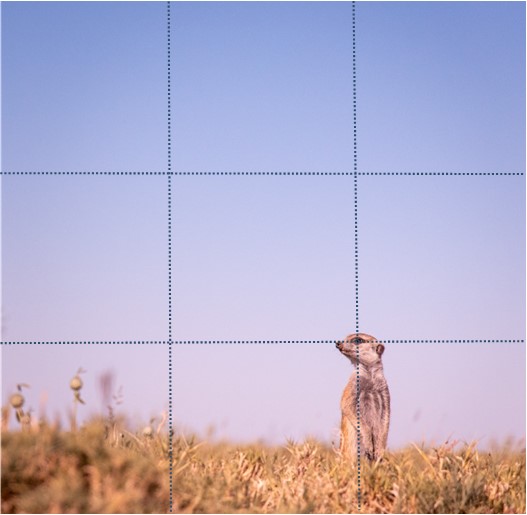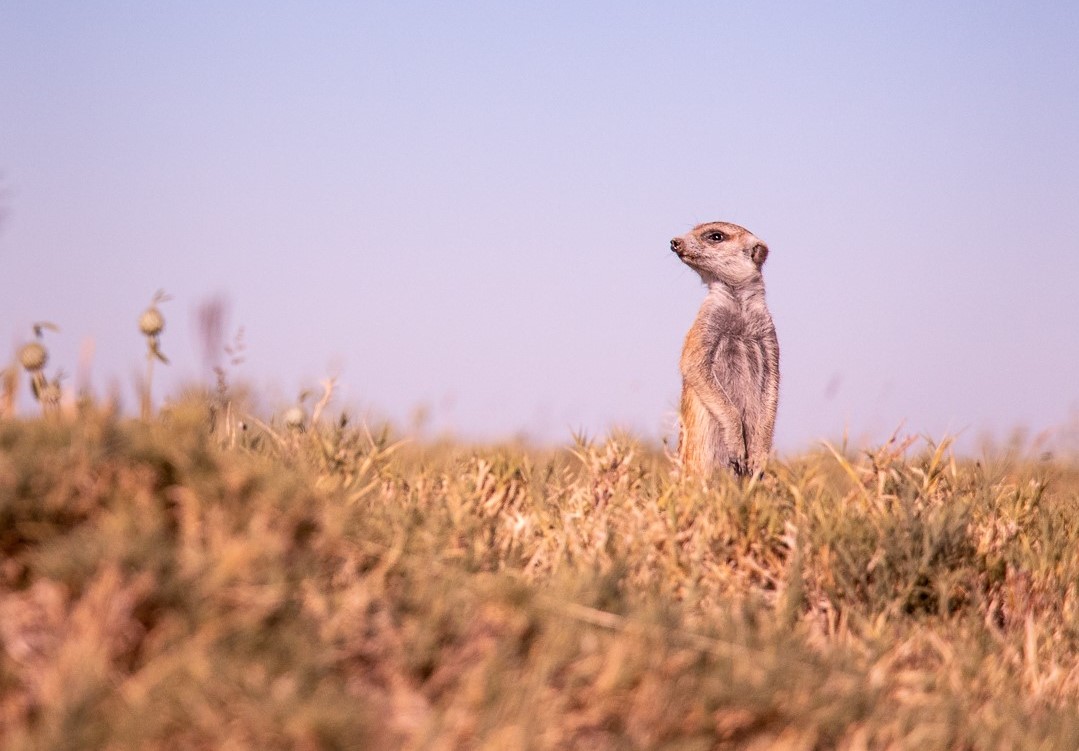Whether you are an avid photographer or you just like to dabble, you are likely to going to want a snap at least a few photos during your travel. There are countless options for cameras, lenses and more and we address those in our blog post focusing on cameras and binoculars.
No matter your camera of choice, today we are focusing on five easy things you can do to give yourself the most interesting and best possible photographs:
1. Remember the ‘Rule of Thirds’
Instead of simply trying to center every photo, practice the “Rule of Thirds.” To do this, first imagine three vertical and three horizontal lines splitting the area of your shot into nine segments. Then, place the key elements of your scene at one or more of the spots where the lines intersect. Try a few different placements to see what looks most interesting and visually appealing to you. (Pro-Tip: Depending on your phone or camera, the grid may already be ‘built in’ and can typically be activated in your device’s settings or options.) For wildlife photography on a scenic landscape, it often creates a more visually pleasing photo to capture the animal at the bottom left intersection of the grid, as our Western eyes scan left-to-right. For the same reason, it is also best to position the animal looking into the picture, such as this little meerkat is doing, as opposed to looking off at something out of the frame.

2. Don’t Zoom in with Your Phone’s Camera
Resist the urge to zoom in with the camera on your phone. A very small zoom will typically produce clear pictures, but any magnification greater than 2x looks will look pixelated, or blurry. You will likely appreciate a well-focused photo, shot further away, than a blurry close-up. Keep this in mind when appreciating vast landscapes and gorgeous sunsets.
3. Offer to Take Photos of Others
Offer to take photos of your fellow travelers as often as possible – we may feel uncomfortable asking others to take a photo, but those images turn out much better than selfies. Take these photos from many angles and be sure to use both portrait (vertical) and landscape (horizontal) perspectives. As you gain experience, try out your device’s various modes to have some fun with panoramic photos, square photos or other available options. Finally, make sure to take photos without sunglasses and hats as well!
4. Limit Editing
Before posting, edit the photo on your phone or computer to straighten a tilted landscape or adjust for brightness. If you’re new to editing, simply use the built-in photo editor, but if you’re a bit more experienced, there are many photo editing apps that allow for higher-level editing. Don’t over-edit your photos or use obviously filters, as it distracts from the picture’s content and can appear like you’re trying to hide something. A simple touch up of lighting/colors is perfect.
5. Remember Video
Don’t forget video as a great, interactive option! Keep your hand as steady as possible (consider a small phone tripod or resting your hand on a stable surface) and if you have to pan/move, do so 5x more slowly than you think you need to pan! People notoriously move too quickly and take too short of videos. Give your audience time to get “in the moment.”
Our best advice is to practice before you get to a special destination or occasion. The more comfortable you feel with your camera or phone, the better your results will be!
